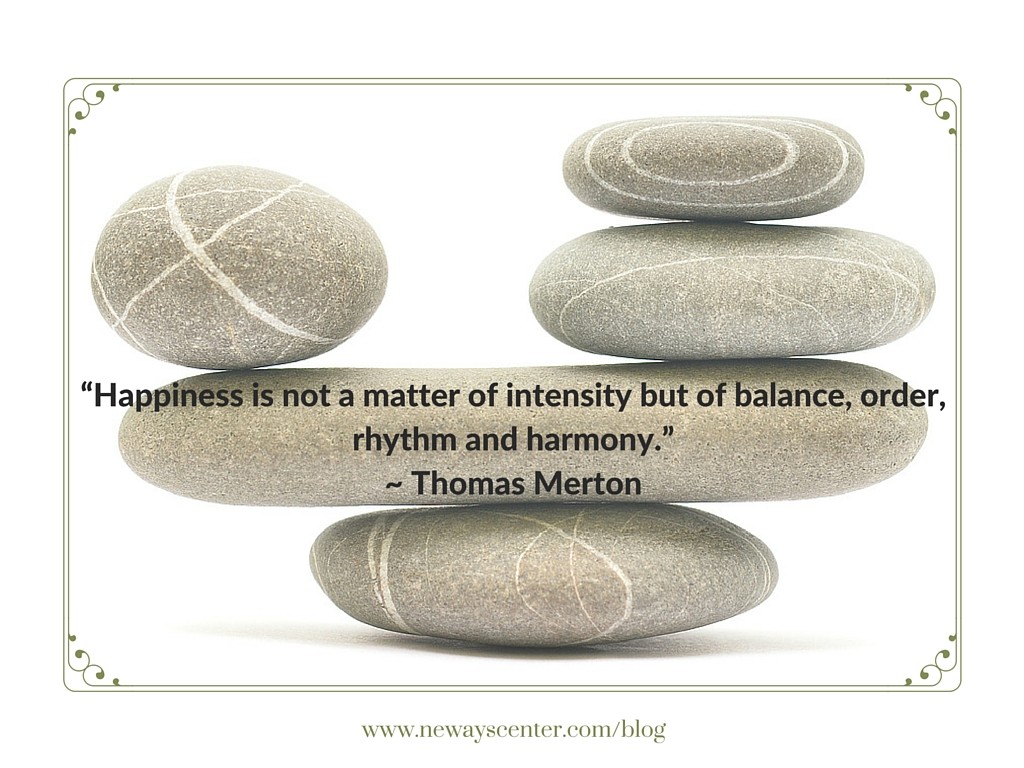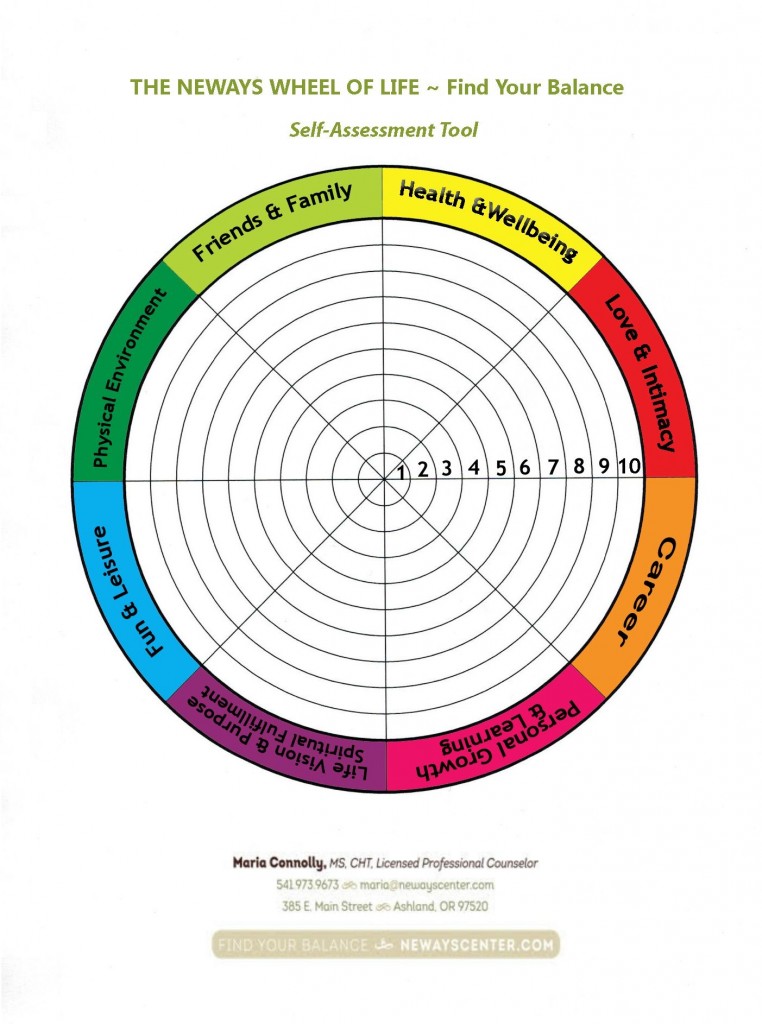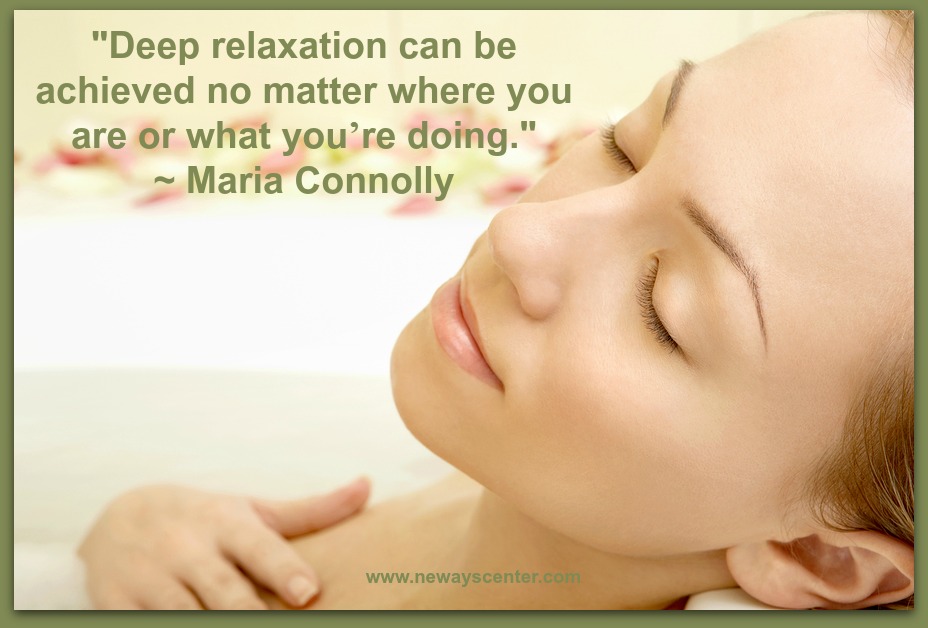How Embodied Leadership Succeeds Where Other Leadership Styles Fail
 It’s commonly assumed that good leadership styles are mostly mind or personality based. Although it’s recognized that leaders should look the part too, being physically fit and well groomed. And some even give consideration to speech training and the way a person carries herself. But beyond that the body isn’t thought about much…
It’s commonly assumed that good leadership styles are mostly mind or personality based. Although it’s recognized that leaders should look the part too, being physically fit and well groomed. And some even give consideration to speech training and the way a person carries herself. But beyond that the body isn’t thought about much…
That’s a mistake because ultimately what’s inspiring is a leader’s presence and way of being.
An embodied leader is aware that planning and leading are definitely whole mind/body/spirit activities. And that’s what makes business leaders who have embodied leadership skills so different and more much effective.
Take for example a leader we’ll call Sarah.
She’s so busy she doesn’t have time for breakfast as she rushes off to meet her team. They greet her with demands that pull her in eight different directions. She tries to handle them all at once, while not giving any of them the attention they deserve. Oh, her frustration and stress levels are rising. She has deadlines to meet, so she cancels another lunch date with her best friend…again! She just hates putting her friend off like that, but she couldn’t have eaten a bite anyway.
The presentation scheduled this afternoon is making her sick to her stomach. And no, she can’t make it to the gym today. She’s must keep her doctor’s appointment because her blood pressure pills need to be adjusted and she want to talk with the doc about getting something for the anxiety and depression that’s closing in on her.
Everyone thinks she has it all together. That she’s so successful. She looks like a leader. Yet she’s falling apart inside. Something is drastically wrong. Her leadership style is impossible to maintain.
Are you starting to see that effective leadership styles requires that the body be completely congruent with the mind?
A successful leader must be able to intervene in his or her own physiological responses to stress and have the awareness to know which decisions are going to support the things that are really important in life.
Sarah, from the above story, wants to be calm and collected. She has every intention of reaching her goals for having a successful business, strong friendships and good health. Yet as stress is introduced, her body betrays her. Because she’s only thinking with her conscious mind of doing the things she know good leaders do, her body rebels, because it reverts back to patterns that have been formed by a lifetime of habits.
Your habits live not only in your memories, but in your tissues and cells. The body remembers. Embodied awareness lets you hear what your body is saying. It helps you watch yourself from an outside perspective. Then you can engage in practices that develop your ability to take more effective actions. In time, you develop a new muscle memory that lets you do things you couldn’t have done before, whether it’s being calm under crisis or being an assertive introvert.
Extreme stress can cause a mind/body disconnect that makes people act in crazy ways. I’m sure you’ve heard the expression, “She’s not herself today.” When stress triggers an interaction in our brain between the hypothalamus, which regulates hormones and the amygdala, which assigns emotional significance to an event, the fight or flight stress response takes over the conscious mind. Normally you wouldn’t scream, yell, shake, and cry, but the brain/body disconnect makes you behave in a way that’s foreign to you.
Let’s put it in another way…you may know you’re not supposed to run from a bear, but your legs don’t believe you. This is a really dangerous mind/body disconnect that gets you in trouble. Because the next thing you know you’re trying to outrun a bear…not a good idea!
So what can embodied leadership principles do for you that other leadership styles do not?
It supports you as you make slow and steady progress toward a strong awareness of your mind/body/spirit connection. Through mindfulness, centering, somatic exercises, breathing techniques, and NLP anchoring techniques you learn how to be present in the moment of stress in a relaxed, unattached way. It gives you time and the skills to slow down, be fully mindful so your actions truly reflect a peaceful state of mind. If you’d like to work with me as you master these skills, I’d be honored for you to contact me. We can set up a time to meet in person at my Ashland, Oregon office or via Skype.





